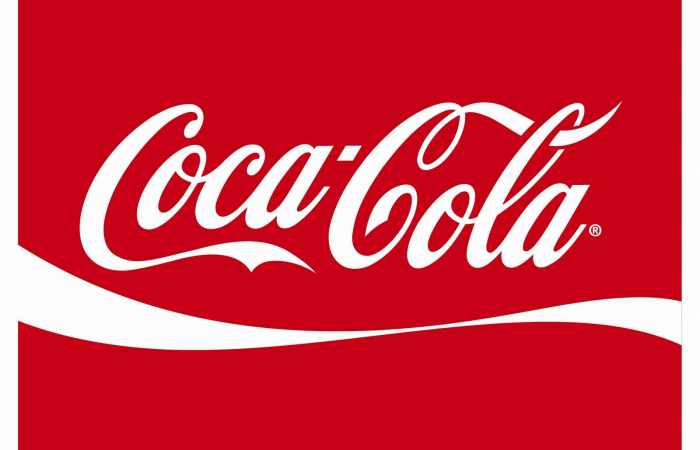First of all, the added fiber is bundled with an artificial sweetener, and artificial sweeteners can wreak havoc in the body. Studies suggest they may increase sweet cravings, alter gut bacteria, potentially induce glucose intolerance, raise stroke and dementia risk, and modify metabolism in ways that increase body fat.
Secondly, soda isn’t where you should be getting your fiber. Fiber is important. But simply adding it to foods like candy, ice cream, donuts, and soda isn’t very helpful. It’s your overall diet that has the greatest impact on wellness and disease prevention. In other words, the benefits of fiber don’t cancel out the risks of consuming too much sugar or artificial additives—or missing out on vitamins, minerals, antioxidants, and a healthy balance of macronutrients (protein, fat, and carbs).
Instead of stocking up on "fiber-added" products, I advise my clients to keep nutrient-rich whole foods and treats in separate mental categories. The former should be the focus of your daily diet, while the latter should be occasional (and ideally planned) indulgences.
So if you want ice cream, consider it a treat, and enjoy your favorite version of the real thing. Don’t be fooled into thinking that adding any kind of nutrient to an ice cream makes it good for you, or okay to eat every day.
As for fiber, it’s true that most of us fall short of the recommended 25 to 30 grams per day. The average daily fiber intake for Americans is 16 grams. But the smartest way to fill the gap is to up your intake of whole foods that are fiber-rich and also chock-full of other important nutrients. The best sources include pulses (beans, lentils, peas, chickpeas); vegetables (especially those with tough stalks or skin, like artichokes, broccoli, and Brussels sprouts); fruit (think edible seeds, skins, strands, and membranes, like raspberries, blackberries, pears, apples, oranges, and mangos); whole grains (quinoa, black rice, oats); nuts; seeds; and avocado.
Eating the following three foods would get you over 25 grams: Half an avocado (9 grams), 1 cup of raspberries (8 grams), and 1 cup of black beans (15 grams). I could list dozens of other combos of plant-based foods that would help you hit or surpass the mark. In fact, by aiming for at least five servings of produce per day, choosing whole grains over refined grains, eating even a half cup of pulses per day, and making nuts, seeds, and avocados staples in your diet, you’ll rack up plenty of fiber and nutrients daily–no doctored-up soda or other treats needed.
/Time/
More about: #CocaCola
















































